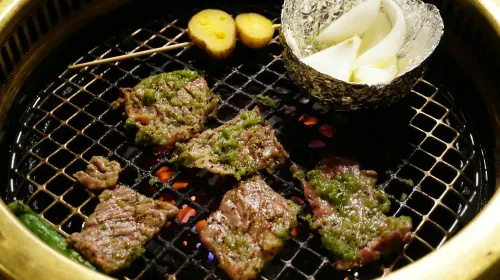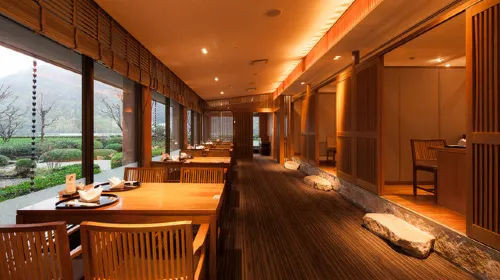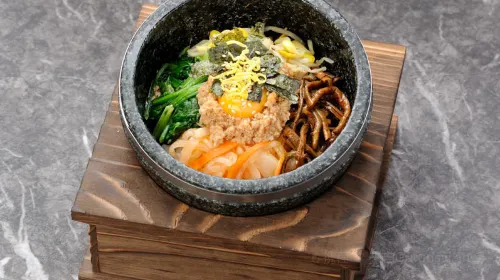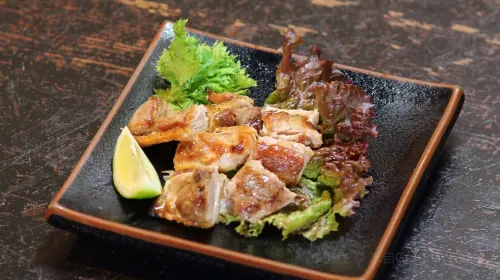Best Restaurants in August in Agawa District (Updated 2025)
Cuisines
All
Japanese
Coffee Shops
Western-style
Specialties
Afternoon Tea
Open Late
Time-honored Brand
Business Hours
0:00 am~5:00 am
5:00 am~10:00 am
10:00 am~02:00 pm
Price
GBP 0
GBP 108+
Provided Services
Non-smoking Area
Take Out
Parking
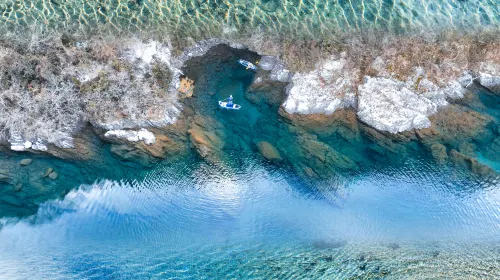
 浪毛线JoeYesterday, I was healed by the vigorous vitality of Makino Botanical Garden and the straw-grilled bonito in Obiyama Town. Today, I started my journey to find the blue of the Niyodo River in Kochi. — **🚙 8:30 Depart from the city by car** ▪️Search for "Niyodo River Transparent Boat" on the navigation for about 1 hour drive ▪️Breakfast recommendation: It is recommended to choose OMO7 Hotel breakfast, which has a rich variety and nutritional combination for everyone. --- **💎10:30 Fantasy drifting on the Niyodo River Transparent Boat ** ▫️Photography suggestion: I have personally tested that the water quality is clearer in the morning! When the sun shines directly on the lake, it looks like a sapphire. It is recommended to shoot before 11 o'clock. ▫️Photography benefits: No need to bring professional equipment, the scenic area staff provides free drones and mobile phone photography, and the communication is very patient. You can scan the QR code of the photos and videos to save them in Google Photos. ---
**🍵12:00 Ikegawa Tea Garden Immersive Tea Ceremony**
If you are tired of rowing, drive out for 3 minutes
❶ Check in the heart-shaped photo spot of Ikegawa Tea Garden
❷ Buy a portion of matcha pudding and taste a sip of spring matcha
Let the mountain breeze rub the tea fragrance into the wrinkles of your breath
---
**🍱13:30 Taishoken Eel Storm Inhalation**
▫️Order code: Three-eat eel rice (the crispy fish skin is the soul
▫️Foodie warning: call in advance to make an appointment to avoid queuing
---
**⛵15:30 Houseboat Twilight Cruise**
▪️Full of nostalgia, watch the light and shadow paint oil paintings on the Niyodo River
▪️Social phobia savior: The minimum booking for a chartered boat is 2 people, but it is recommended to walk in first.
Yes, the boat ride takes about 50 minutes, and you will also pass by the sinking bridge, so you can take pictures.
---
**🌃19:00 Hiroto Market Night Guide**
▪️**Must-eat list**:
❶ Myojinmaru grilled bonito tataki (dip in a soy sauce dish in a Z shape)
❷ Deep-fried Ikegawa tea tempura (dip in matcha salt)
**✨ Itinerary Tips**
✅ Make an appointment for the transparent boat on the official website in advance! You may miss out if you queue up on site
✅ The tea garden provides free green tea tasting, which goes perfectly with matcha pudding💯 #仁洋川透明船 #探秘日本高智 #高智旅游
浪毛线JoeYesterday, I was healed by the vigorous vitality of Makino Botanical Garden and the straw-grilled bonito in Obiyama Town. Today, I started my journey to find the blue of the Niyodo River in Kochi. — **🚙 8:30 Depart from the city by car** ▪️Search for "Niyodo River Transparent Boat" on the navigation for about 1 hour drive ▪️Breakfast recommendation: It is recommended to choose OMO7 Hotel breakfast, which has a rich variety and nutritional combination for everyone. --- **💎10:30 Fantasy drifting on the Niyodo River Transparent Boat ** ▫️Photography suggestion: I have personally tested that the water quality is clearer in the morning! When the sun shines directly on the lake, it looks like a sapphire. It is recommended to shoot before 11 o'clock. ▫️Photography benefits: No need to bring professional equipment, the scenic area staff provides free drones and mobile phone photography, and the communication is very patient. You can scan the QR code of the photos and videos to save them in Google Photos. ---
**🍵12:00 Ikegawa Tea Garden Immersive Tea Ceremony**
If you are tired of rowing, drive out for 3 minutes
❶ Check in the heart-shaped photo spot of Ikegawa Tea Garden
❷ Buy a portion of matcha pudding and taste a sip of spring matcha
Let the mountain breeze rub the tea fragrance into the wrinkles of your breath
---
**🍱13:30 Taishoken Eel Storm Inhalation**
▫️Order code: Three-eat eel rice (the crispy fish skin is the soul
▫️Foodie warning: call in advance to make an appointment to avoid queuing
---
**⛵15:30 Houseboat Twilight Cruise**
▪️Full of nostalgia, watch the light and shadow paint oil paintings on the Niyodo River
▪️Social phobia savior: The minimum booking for a chartered boat is 2 people, but it is recommended to walk in first.
Yes, the boat ride takes about 50 minutes, and you will also pass by the sinking bridge, so you can take pictures.
---
**🌃19:00 Hiroto Market Night Guide**
▪️**Must-eat list**:
❶ Myojinmaru grilled bonito tataki (dip in a soy sauce dish in a Z shape)
❷ Deep-fried Ikegawa tea tempura (dip in matcha salt)
**✨ Itinerary Tips**
✅ Make an appointment for the transparent boat on the official website in advance! You may miss out if you queue up on site
✅ The tea garden provides free green tea tasting, which goes perfectly with matcha pudding💯 #仁洋川透明船 #探秘日本高智 #高智旅游

